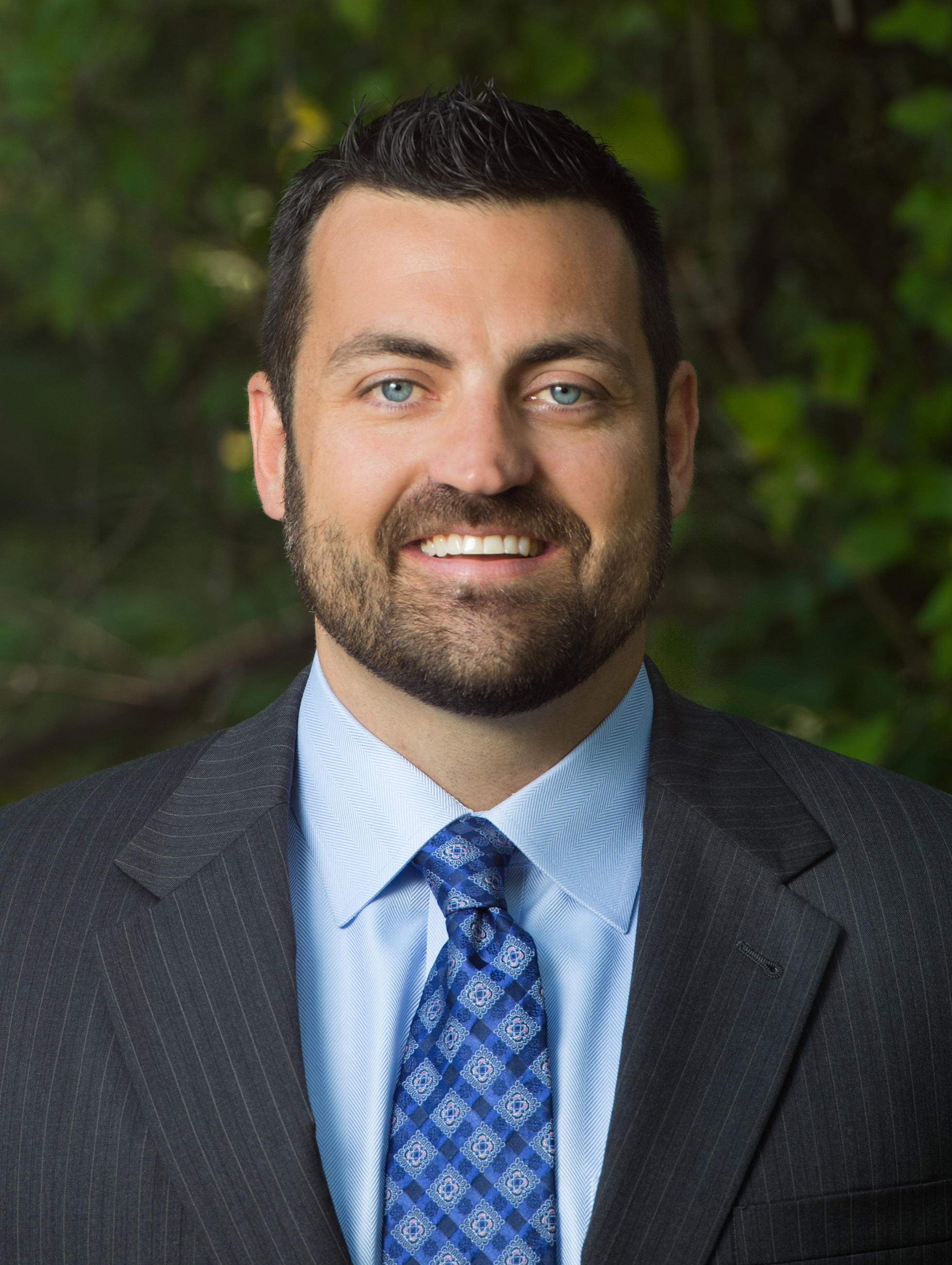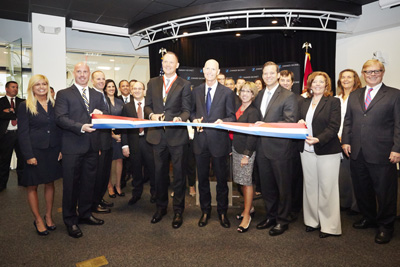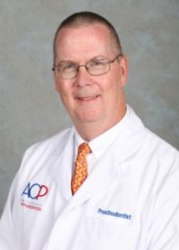SACRAMENTO, CA (PRWEB) OCTOBER 26, 2015
According to the National Down Syndrome Society, one in every 691 babies in the the United States is born with Down Syndrome (DS), making it the most common genetic condition today. This equates to about 6,000 babies a year born with DS, and approximately 400,000 Americans are now living with the condition. The population of those living with Down Syndrome has progressed over the last few decades.
“It is imperative that oral health caregivers be informed on how they can best manage and provide care for patients with Down Syndrome, so that we can all help to improve their quality of life," says CDHA President Lygia Jolley, RDH, BA.
There are no dental problems unique to people with Down Syndrome, however, there are several oral facial features that are unique to those with DS.
“Early professional treatment along with supervised home care is recommended to mitigate the severity of problems and allow those with DS to enjoy the benefits of a healthy mouth," adds Jolley.
Mouth breathing is common because of smaller nasal passages and a narrow and shorter airway. Another contributor is an enlarged tongue, typical of DS individuals, which may protrude because of the smaller midface region. With age, both the tongue and the lips in those with DS tend to develop cracks and fissures as a result of chronic mouth breathing. Fissuring of the tongue can become severe and be a contributing factor in halitosis. Additionally, lack of muscle tone may cause the mouth to droop and the lower lip to protrude. Increased drooling, compounded by a chronically open mouth, contributes to condition known as angular cheilitis, which is most often a fungal infection in the corners of the mouth.
Congenitally missing teeth occur quite often, including most often the wisdom teeth, front teeth, and lower bicuspids. In addition, delayed eruption of teeth, often following an abnormal sequence, affects many children with DS. Primary teeth may not appear until age 2, and may then be retained in some children until they are in their mid to late teens or early adulthood. Irregularities in tooth formation, such as extra small and malformed teeth, are also seen in people with DS. All of these characteristics usually lead to severe malocclusion (poor bite) in DS patients.
Periodontal disease is the most significant oral health problem in people with DS. Early, severe periodontal disease is often seen with onset in the mid to late teen years. Historically, large numbers of those with DS lose many of the permanent teeth in their early teens. Contributing factors include poor oral hygiene, malocclusion, high rates of grinding, ill-shaped tooth roots, and poor response to home care efforts due to a compromised immune system. A higher rate of infections may be a factor in the extremely high incidence of periodontal disease.
One surprising fact is that children and young adults who have Down Syndrome generally have less dental decay than the general population. There are several oral conditions that may contribute: delayed eruption of primary and permanent teeth; missing permanent teeth; and small-sized teeth with wider spaces between them, make it easier to remove plaque. Additionally, the diets of children with Down syndrome are most often closely supervised to prevent obesity; this helps reduce consumption of cariogenic foods and beverages. By contrast, some adults with Down Syndrome are at an increased risk of caries due to xerostomia (dry mouth) and cariogenic (cavity producing) food choices. Also, poor muscle tone contributes to chewing problems and inefficient natural cleansing action, which allows food to remain on the teeth after eating.
Oral Health Care advice for someone with Down syndrome:
3 month appointments are usually advised due to the high risk of periodontal disease and poor oral hygiene
Systemic and topical fluoride as well as sealants (protective tooth coatings) are highly recommended, even with the low incidence of dental decay
Daily chlorhexidine (Rx) mouth rinse is recommended for many DS patients - even if they are unable to rinse, their toothbrush can be dipped into the rinse
Electric toothbrushes and floss holders are recommended due to poor manual dexterity
Patients should be able to demonstrate their brushing technique to their dental hygienist. Follow up should be done with hand-over-hand specific directions on either brushing technique or adaptations as needed. It is imperative that not only patients are trained, but also their caregivers.
Orthodontia (braces) should be carefully considered in people with Down syndrome. Some may benefit, while others may not. In and of itself, Down syndrome is not a barrier to orthodontic care. The ability of the patient or caregiver to maintain good daily oral hygiene is critical to the feasibility and success of treatment, and this needs to be assessed by a dental professional
Antibiotic prophylaxis may be required in some DS patients, due to the high incidence of congenital heart defects and related cardiac disorders. The patient’s physician should always be consulted prior to dental care.
Many DS patients experience seizures. Medications to treat this condition may cause excessive overgrowth of the gum tissue (gingival hyperplasia) and this should be monitored by a dental professional.
Many Registered Dental Hygienists in Alternative Practice (RDHAP) provide in-home dental hygiene services for Down Syndrome individuals. Referrals/requests for care may come from group home administrators, family or Regional Center service coordinators. These hygienists are specifically licensed to provide services for developmentally disabled individuals including Down Syndrome patients bringing the dental office to the patient, providing care within the patient’s home and familiar environment. Many RDHAP’s have years of expertise and enjoy providing oral hygiene preventive care services for their Down Syndrome patients. An RDHAP in your area may be found at https://www.CDHA.org/RDHAP.
While certain dental conditions may be more prevalent to this population, all can be reated and monitored with the help of a dental hygienist. The CDHA recommends visiting its website for more information: https://www.cdha.org
The California Dental Hygienists’ Association (CDHA) is the authoritative voice of the state’s dental hygiene profession. The organization was established 30 years ago when two regional associations merged to form a unified professional group. CDHA represents thousands of dental hygienists.













